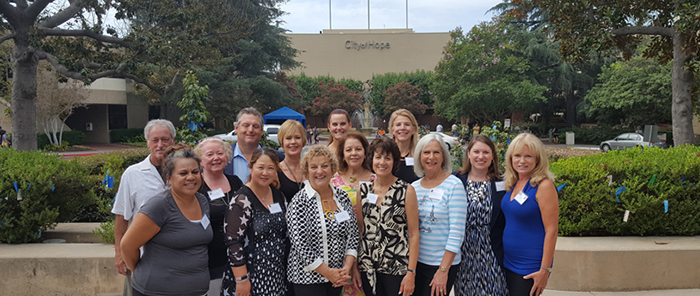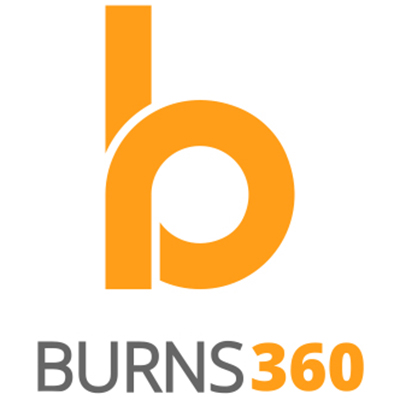
The City of Hope: Embracing Innovation, Advancing Communication
Executive Vice President, Managing Partner
Burns360
Last week, I had the privilege of being a part of a Women’s Health Initiative Tour at the City of Hope in California. Ranked as one of “America’s Best Hospitals” in cancer research by U.S. News & World Report, City of Hope is one of the nation’s leading research and treatment centers for cancer, diabetes and other serious illnesses.
Being on campus at City of Hope makes you acutely aware of the challenges so many patients and their families endure every day, due to cancer and other illnesses. In fact, it puts a lot of things about life and business in perspective.
The experience made me mindful of some of the issues we face as communicators as well.
Today, we work in a world where we consume 74 gigabytes of data every day—that is equivalent to the amount of space on 9 double-sided DVDs. What’s more, the total amount of information created on the world’s electronic devices surpassed 16 zettabytes in 2016 (that’s 16 followed by 21 zeroes folks!)
And the growth of the marketing technology stack is its own phenomenon. According to data by MarTech, there are nearly 5,000 companies today developing marketing technology solutions. Today, professional communicators must be fluent in these new technologies to effectively reach audiences in all the places they are, through all the platforms they use. Given that the technology stack has grown an average of 115% a year since 2011, it’s a tall order for every communicator, no matter how adept you are at staying on top of innovation.
What was so encouraging about my tour at the City of Hope was learning about the cutting-edge practices and technologies they’re applying to cancer and diabetes research every day. We had the chance to speak with immunologists, geneticists, cancer specialists, and even a mathematician-all who are breaking the barriers to understanding disease and offering real hope for the future. We can actually dare to dream that in six years we may have a cure for diabetes, or in a dozen years we’ll have a way to precisely map how cancer grows in the body.
In the same way, we need to always strive to enhance the field of communications—looking for innovative practices and more effective ways to communicate with our audiences. And not just for marketing reasons alone.

Communication also saves lives—a fact most people don’t know about and have never even considered.
Millions of people around the world, for example, don’t have access to even the most basic healthcare information because it isn’t accessible in their language and region. According to Translators without Borders, 56% of the refugees who fled to Greece couldn’t understand information they needed to know to make the transition. Even in the United States, healthcare miscommunications are a serious concern because over 25 million people self-identify as having limited English capabilities.
The end result is that millions of people all over the world die each year because of limitations in communication.
Taking a page from the City of Hope handbook, it’s my hope that as professional communicators, we never stop innovating, never stop finding more impactful ways to communicate and never stop taking the time to reach people in ways they can understand.
Looking to better reach out and communicate with your own audience? Drop us a line here!


